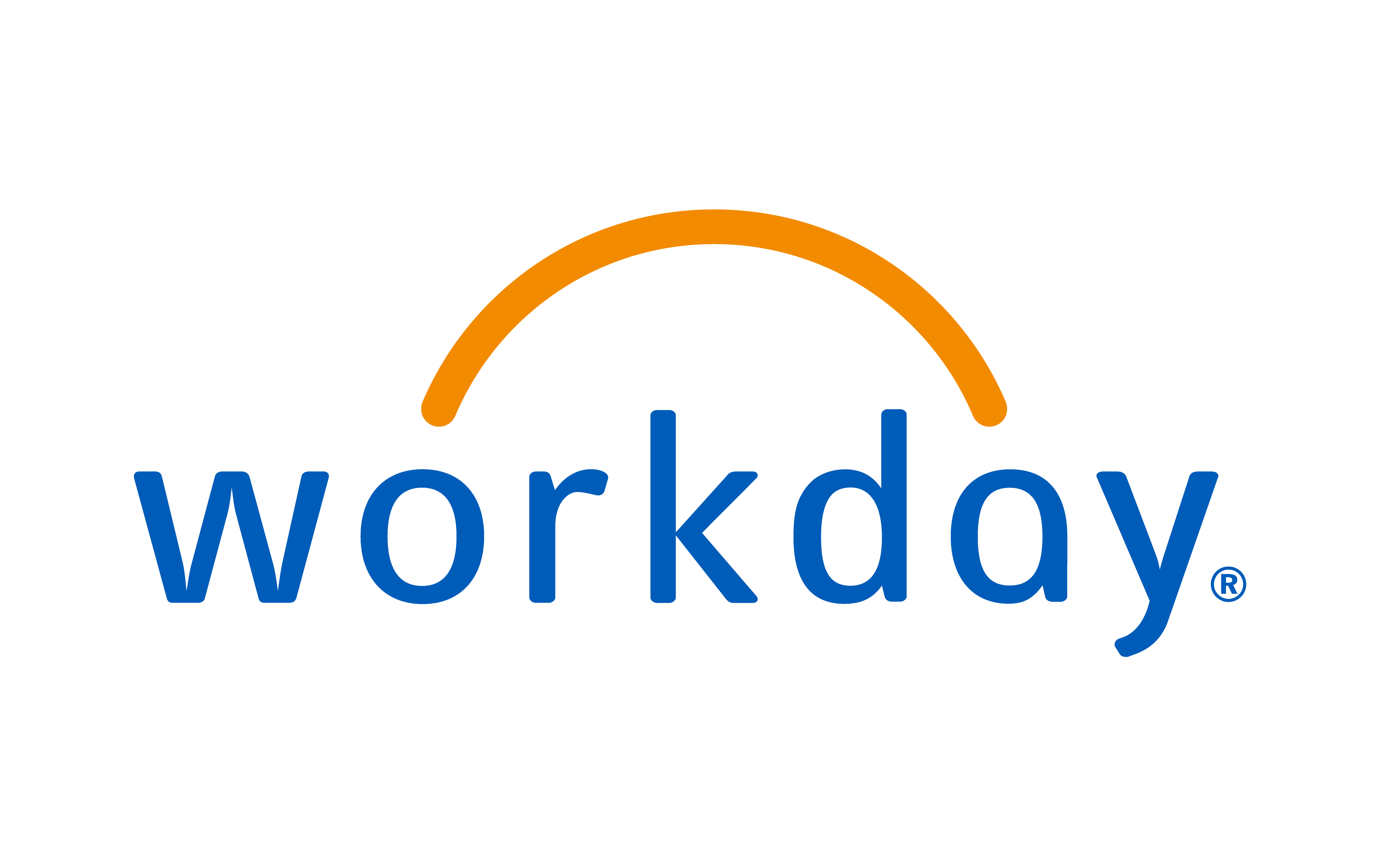
A directive, authoritarian leadership style can be instrumental in times of change or crisis, but an influential and collaborative approach is preferential for the day-to-day. The best talent will become demotivated if they're expected to blindly follow orders. Companies need a CEO and senior executives who can use contributions from others to reach decisions that are not only right for the business, but that colleagues and employees buy into.
Neil Wilson, CEO of recruitment concern Stanton House, says: “There are situations that require different approaches; sometimes the directive approach is needed because you have to move quickly… It might be a crisis, it might be a turnaround.“The trap is to think that once you’ve got a certain job title that gives you a [level of] authority and people are just going to do what you ask… Very often an overly directive approach results in poor behaviours and poor decision making, which leads to trouble for the business.”
According to Samantha Barber, Non-executive Director at electricity company Iberdrola, a collaborative approach is more sustainable: “In the short term people will go away and do as instructed, but in the long term you’re not getting that buy-in which ensures we’re all on the same journey.
“It’s about being inclusive and constructive in your approach, then you get better long-term results for the business.”
John Shelley, Chief Risk Officer at RBS, Asia Pacific, says: “Where authority is used, it needs to come from a position of knowledge and experience and not from hierarchy. Influence is increasingly important, particularly in larger complex organisations where they have matrix structures.
“Trying to rely on authority in my experience is doomed to failure because you need to influence all stakeholders, some who are in your direct reporting line, most who are not.”
Power without authority
It’s important for those in a position of power to influence, but for those with no direct authority it becomes even more critical. Ian Mills, Global Senior Vice President for the Facilities Management Platform at global service solutions business Sodexo, comments: “The CEO has different channels to make decisions. They can be directive or they can influence a team, but the non-executive director or [someone in] a functional role with no direct reports can only influence.
“I’ve got a global role and most of the people that I’m asking to do something report to somebody else – so influencing and creating credibility is important.”
John outlines a comparable example: “In my case as Chief Risk Officer, or say a HR director, while there are many scenarios that they have control of, there are many more examples where to get something done they need to influence a wide body of people. Unless they can engage them, winning hearts and minds… executives aren’t going to be particularly successful.”
According to Tom Wright, CEO of charity Age UK, executives can learn a lot from the way non-executives operate: “There’s a real skillset in a non-executive capacity to influence internally and to find ways of doing that when you can’t be operational or hands on. That’s an ability that good executives have to learn.”
Samantha says: “As a NED you’re there to listen, influence, probe, test and give guidance… you’re not an authority. It comes down to… constructively challenging and questioning what the executives are doing.”
Strength in numbers
If colleagues and employees feel part of the decision-making process they are more likely to be on board with what you’re doing. For Tom influencing is about "communicating a collective vision and ambition and carrying people with you in your chosen direction of travel”.
“The power of several is always greater than the power of one,” Tom continues. “An organisation requires leadership to be engaging and inspiring. People are motivated by a shared goal rather than an authoritarian approach.”
Jane Griffiths, Company Group Chairman for EMEA at Janssen, the pharmaceutical division of Johnson & Johnson, says: “Often people have difficulty buying-in to decisions in which they played no part. As a result, implementation of autocratic decisions can be less effective.”
Colleagues and staff need to feel empowered. If they don’t John says it can “stifle creativity and innovation” and slow operations down: “It determines the culture of the company – if it’s hierarchical and formal, individuals fall into that pattern and wait for instructions from above as opposed to using their initiative.”
If individuals are simply following orders, the chances are they won’t feel valued. Colin Hatfield, Founder of communications specialist Visible Leaders, says: “If you’re going to attract and retain the best talent – people who are clearly capable and want to give their best – what’s the point in being heavily directive?
“It’s likely to end up with frustrated leaders and demotivated teams… that can either lead to poor performance or objectives not being met. In the worst case scenario it leads to the best talent leaving because they don’t feel like they’re being challenged.”
***
Whether a more directive or collaborative approach comes naturally, it’s important to be able to adapt as a leader. Jack Wood, Criticaleye Thought Leader and Professor of Management Practice at the China Europe International Business School (CEIBS), says: “Being wedded to any one approach limits flexibility. A directive approach is at times demanded and appreciated – the real skill is understanding when a directive approach is helpful and when it isn't.”
Andrew Minton, Executive Director at Criticaleye, says: “The ability to influence people is in how they accept you as their leader – regardless of whether your title implies you should have this acceptance or not.
“If you fail to influence your colleagues and staff and simply give orders all the time, you run the risk of demotivating them. You often need inclusive two-way communication to ensure everyone is engaged with you and your plans, but you must also recognise when a directive approach is needed. Fundamentally, you need to be confident in yourself and clear on where you’re going, if you’re not then no one will want to follow you.”
For John from RBS the fundamentals of good leadership don’t change: “Things like conviction, authenticity, passion, bravery, the ability to communicate and decisiveness… all of those remain [important] but the style in which you deploy those may change. It’s a much more consensus-building, consultative approach and finding what works.
“It means letting people have their say and be listened to, with the objective of finding the best decision for the…company rather than any one individual.”
Although there will be times when leaders will have to adopt a directive approach, a command and control style is not sustainable for the day-to-day. What’s important is making sure colleagues and employees are engaged and on board with you and your vision.
As Jack of CEIBS says: “Dominance is not [responsible] leadership – dominance is a kind of archaic leadership.”
I hope to see you soon.
Matthew
https://twitter.com/criticaleyeUK










 (002).png)















